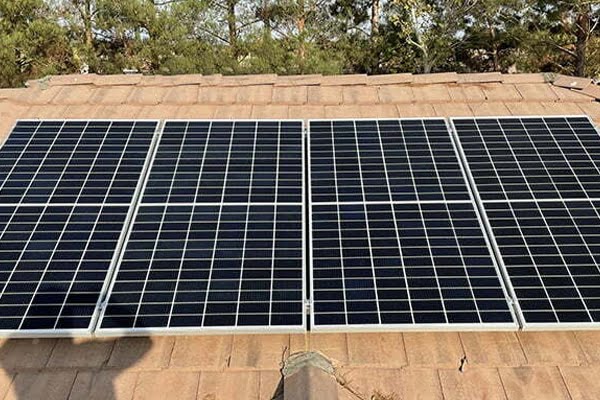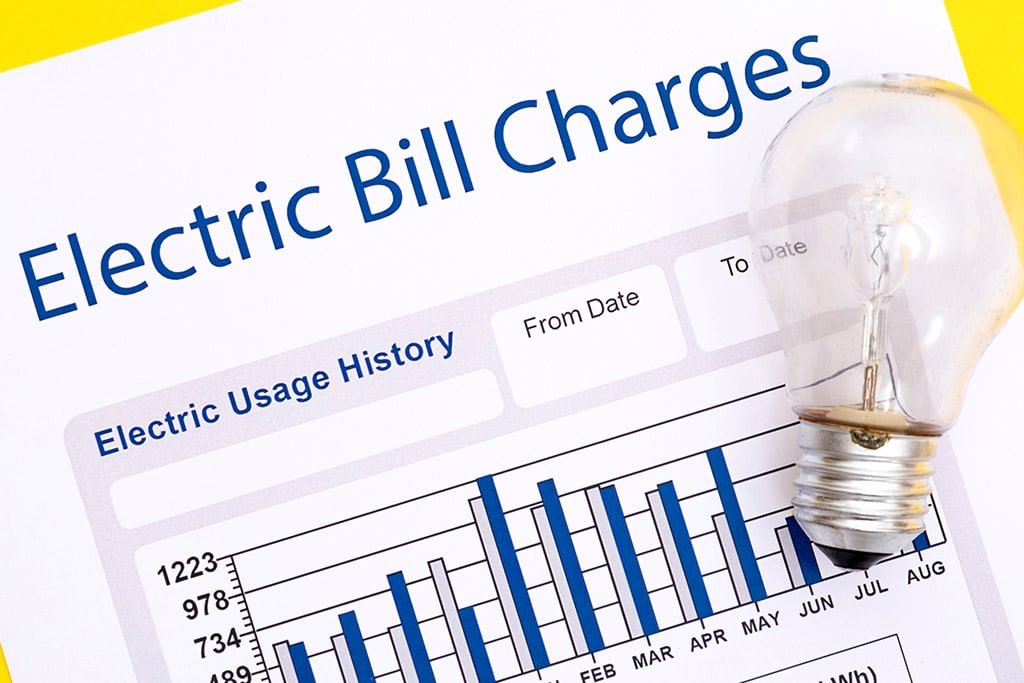California lawmakers this week announced policy that mandates solar PV systems to be installed with every new home construction within the state. Taking into effect on Jan 1st, 2020, new single family, multi-family (up to 3 stories) construction projects are required to meet the mandate. This new push for solar rooftop is another component for California to meet its clean energy goals by reducing 50% carbon emissions before 2030.
The Push For Clean Energy
Cities such as Santa Monica, Lancaster, and San Francisco have already implemented this requirement in their building code for new construction. Santa Monica for example requires a minimum of 1.5 watts of solar PV per square foot of a building. That’s a 3KW system (ten 300 watt panels) for a 2000 square roof home. According the Building Industry Association, 15-20 percent of single-family homes in California have rooftop solar. For a new home buyer, the solar mandate will add about $9500 to the purchase price of a single family house, a cost that builders must pay to install the system. California Energy Commission predicts homeowners will see about $19,000 in energy savings over a 30 year period.
The Commission adopted the new rooftop standard, a first for any state in the country. They estimate the first year of implementation will reduce power demand by 5.31Megawatts and generate close to 323 Gigiwatts of electricity savings. Also included in the standard are requirements to improve indoor air quality, ventilation requirements as well as thermal insulation management, which will bring additional energy efficiencies and savings to the home. The Commission estimates that residential homeowners will save $80 on monthly expense related to heating, cooling and lighting.
Solar Independence
The rooftop mandate is expected to boost California’s already booming solar industry. PV manufacturers and installers will certainly benefit in California since the state is already generating almost half of the nation’s solar energy. The next decade will allow more homeowners to have access to clean renewable power with less dependence from the utility.
Utilities also have their own requirements to help meet the State’s 2030 goal. California Public Utilities Commission (CPUC) energy providers such as PG&E have already invested millions into a clean energy procurement. Today, about 70% 0f their energy is Greenhouse Gas Free. Many cities in California have also incorporated Community Choice Aggregation programs which allows cities more control how they provide power to their residents. If more homes are going to be less dependent, will this require utilities to dramatically increase their rates? Ultimately, California commitment to clean energy will continue to lead then nation and the world with potential in eventually becoming the first Net Zero state.





